Some travellers miss flying so much, they’re taking planes to nowhere
Commercial flights that go up then circle back home are finding an eager audience around the world
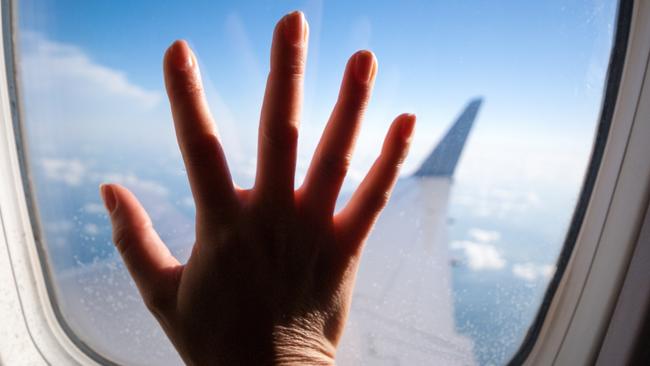
Sarah Lin usually sleeps on flights, powering up for the sightseeing once she lands.
But the pandemic has kept the 25-year-old from Taipei cooped up at home for nearly a year. So Lin jumped at a recent chance to take a Taiwanese flight to South Korea’s Jeju Island — even though she knew it would never actually touch down there. “No-landing travel,” the Korea Tourism Organisation called it.
Lin dusted off her passport, threw on a face mask and found herself gleeful as she waited at the airport gate. The four-hour flight, part of a package that cost about $325, let travellers pose for photos with life-size cutouts of K-pop stars and served them Korean fried chicken. Nobody had to quarantine afterward.
“It felt like I was travelling abroad for the first time in my life,” says Lin, who works in the telecom industry. “Everything was so unfamiliar.”
Never mind the security protocols, long lines and cramped seats. Some people miss air travel so much they’re taking flights to nowhere, spending a few hours in the sky only to circle immediately back home.
Japan’s All Nippon Airways offered about 330 tickets on a 90-minute Hawaii-themed flight through a lottery system. More than 50,000 applied. Similar flights are being considered or already offered in Singapore, Brunei and South Korea.
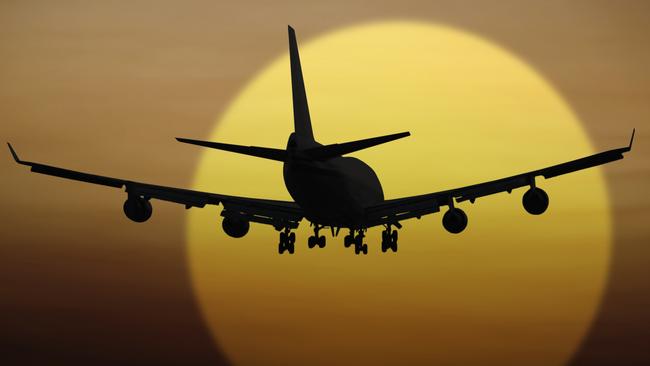
Qantas Airlines put together a seven-hour flight that passes over the country’s landmarks, such as the Great Barrier Reef, at low altitudes. Qantas warned that window seats were expected to sell quickly. All 134 tickets, including $3787 business class seats, were gone within 10 minutes.
The flights are a workaround for restrictions — stiffer across Asia than in Europe or the US — requiring many air travellers to go into multiweek quarantines after a flight, sometimes enforced by mobile-tracking apps and penalties for disobeying.
“People are missing the most simple travel moments,” says Marcus Yong, a marketing vice-president at Klook, a Hong Kong-based travel company.
Lin’s flight to Jeju Island fully booked its 112 seats in four minutes. Another passenger, Liu Chun-hui, 35, had been curious to visit the island but had no other option with Taiwan still barring non-essential travel abroad.
She listened intently as flight staff, dressed in traditional Korean hanbok outfits, taught a few phrases in the local island dialect. She snapped photos of the airline-provided Korean snack package, which included roasted seaweed and chocolate marshmallow pies flavoured with tangerines grown on Jeju Island.
“I can’t go abroad anyway,” says Liu. “I wanted to culturally experience Korea.”
Across the plane, Lin’s enthusiasm about flying waned somewhat as the plane headed back to Taiwan. She remembered how noisy and cold aeroplanes can get. She had grown a bit restless in her aisle seat. Even if she craned her neck to take in the views, she struggled to see Jeju Island clearly. The weather that day was overcast.
Brian Huang, who runs a travel-tips website in Taipei, says with the rise of budget airlines, plane rides are now as easy as bus tours. He’s not planning on taking any plane rides just for fun, though.
“The actual flying is what I want to re-experience the least,” Huang says.
These no-landing flights still bring some of the complications that go with pandemic travel. Passengers typically have to wear masks, get their temperature taken and fill out health-registration forms. The flights generally don’t offer airline miles.
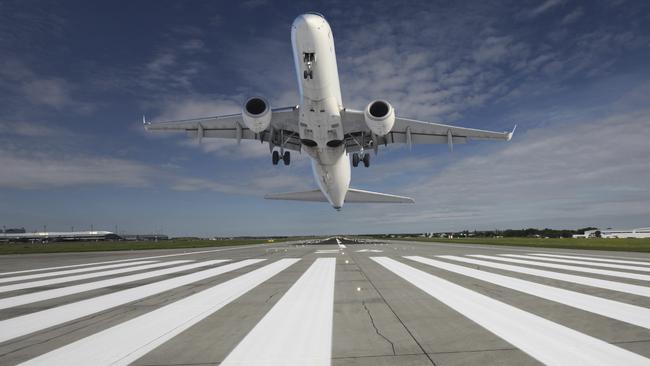
Taiwan was an early adopter. Most facets of life there have returned to normal, with just over 500 COVID-19 cases among its population of roughly 24 million. Taiwan’s local carriers have offered flights that cruise along its eastern coastline. Some target families by letting children dress up in cabin-crew uniforms.
South Korea’s tourism organisation helped create the “no-landing” trip to Jeju Island with a Taiwanese travel agency and airline. The package includes a voucher for a second flight from Taiwan to Jeju Island once restrictions are lifted. South Korean officials are considering further flight offerings.
Holidaying on the plane didn’t bother 26-year-old travel blogger Angel Ko of Taipei. Having cancelled three planned trips to Japan and the Philippines this year because of the pandemic, Ko made a beeline for the duty-free store before the Jeju Island flight, swooping up around $210 worth of cosmetics and cigarettes. “I needed to restock,” she says.
From her coveted window seat, Ko posted some photos before the plane took off, which drew quick responses from friends who wondered where she was going.
“Since nobody can actually travel right now, this kind of post is quite catching,” she says.
The Wall Street Journal

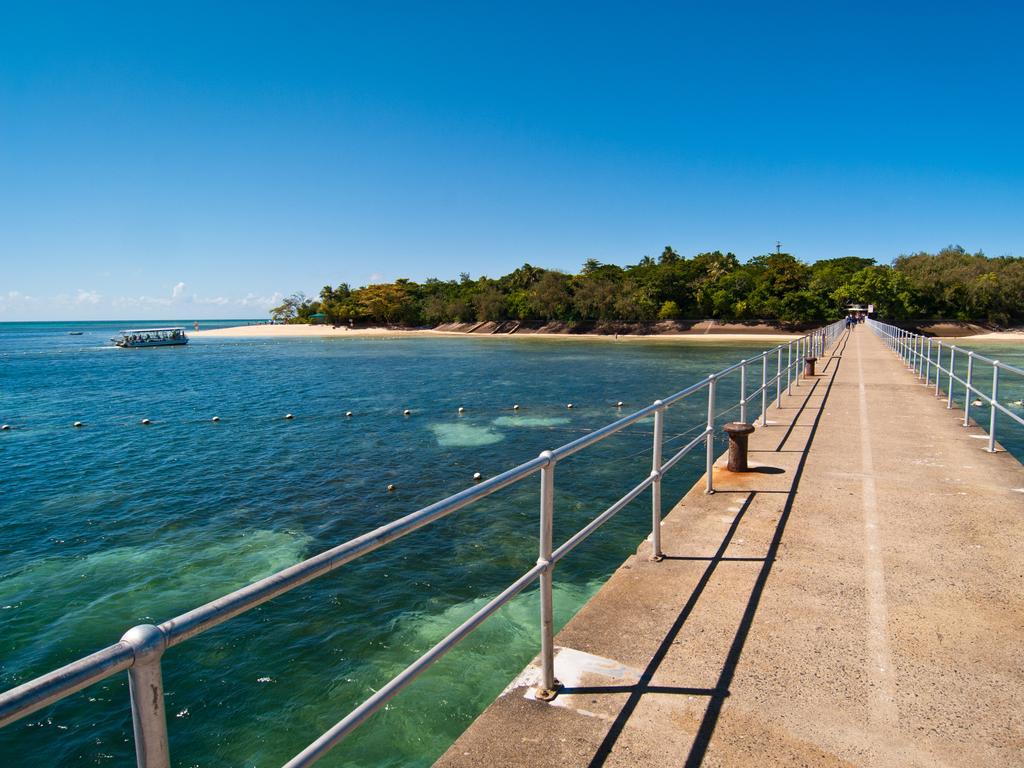
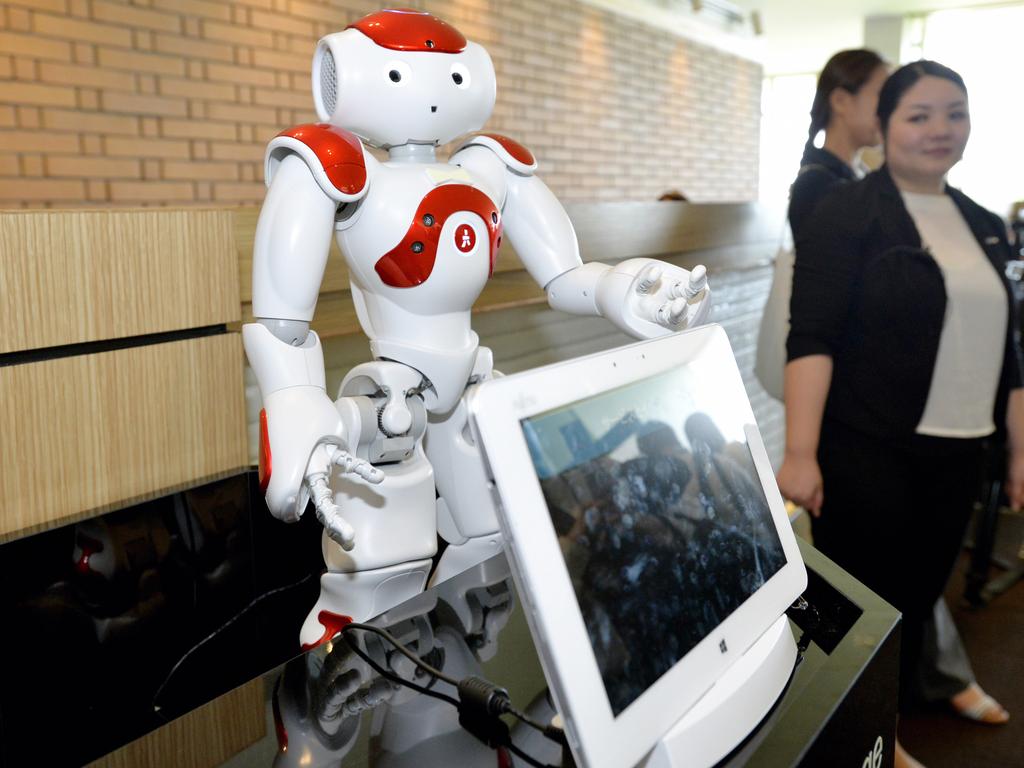

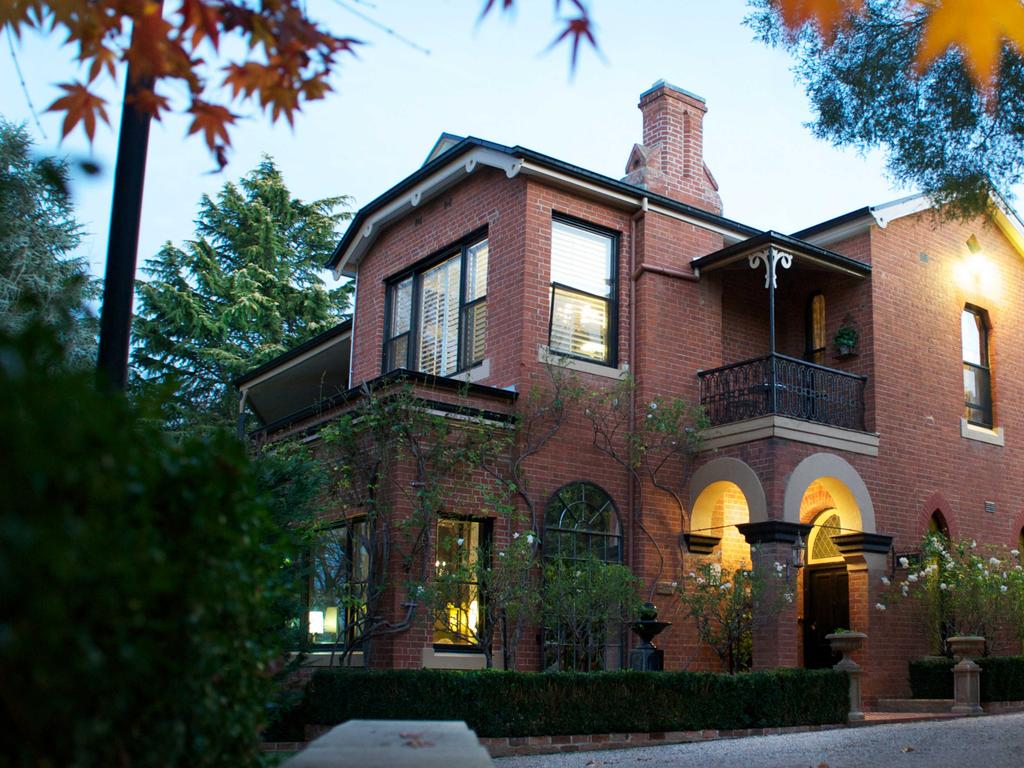


To join the conversation, please log in. Don't have an account? Register
Join the conversation, you are commenting as Logout